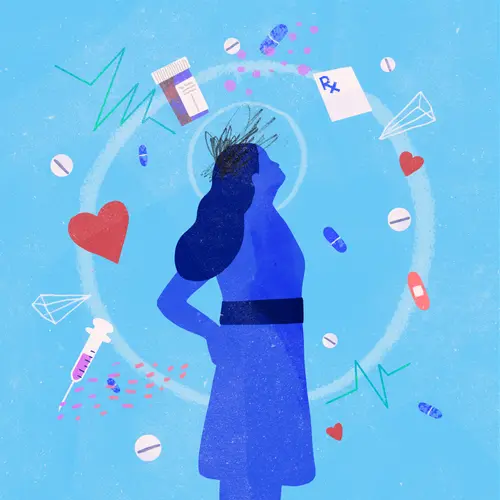Autism spectrum disorder (ASD) can look different in different people. It’s a developmental disability that affects the way people communicate, behave, or interact with others.
What Are the Causes of Autism?
Experts don’t fully understand all of the causes of autism spectrum disorder. It seems to be genetic, but things such as parental age and prescription medications taken during pregnancy may be involved.
For instance:
- A person is more likely to be on the spectrum if a brother, sister, or parent is. But it doesn’t always run in families.
- About 10% of kids with ASD have a form of genetic disorder such as Down syndrome and fragile X syndrome.
- A large Danish study found a link between ASD and the advanced parental age of either parent.
- Women prescribed opioids just before pregnancy are likelier to have a child with ASD.
Some children who are on the spectrum start showing signs as young as a few months old. Others seem to have normal development for the first few months or years of their lives and then they start showing symptoms.
But up to half of parents of children with ASD noticed issues by the time their child reached 12 months, and between 80% and 90% noticed problems by 2 years. Children with ASD will have symptoms throughout their lives, but it’s possible for them to get better as they get older.
The autism spectrum is very wide. Some people might have very noticeable issues, others might not. The common thread is differences in social skills, communication, and behavior compared with people who aren’t on the spectrum.
How Does Autism Affect a Child’s Social Skills?
A child with ASD has a hard time interacting with others. Problems with social skills are some of the most common signs. They might want to have close relationships but not know how.
If your child is on the spectrum, they might show some social symptoms by the time they're 8 to 10 months old, including:
- They don't respond to their name by their first birthday.
- Playing, sharing, or talking with other people don’t interest them.
- They prefer to be alone.
- They avoid or reject physical contact, including hugging.
- They avoid eye contact.
- When they’re upset, they don’t like to be comforted.
- They don’t understand emotions -- their own or others’.
- They may not stretch out their arms to be picked up or guided with walking.
How Does Autism Affect Communication?
About 40% of kids with autism spectrum disorders don’t talk at all, and between 25% and 30% develop some language skills during infancy but then lose them later. Some children with ASD start talking later in life.
Most have some problems with communication, including:
- Delayed speech and language skills
- Flat, robotic speaking voice, or singsong voice
- Echolalia (repeating the same phrase over and over)
- Problems with pronouns (saying “you” instead of “I,” for example)
- Not using or rarely using common gestures (pointing or waving), and not responding to them
- Inability to stay on topic when talking or answering questions
- Not recognizing sarcasm or joking
- Trouble expressing needs and emotions
- Not getting signals from body language, tone of voice, and expressions
What Are Patterns of Behavior With Autism?
Children with ASD also act in ways that seem unusual or have interests that aren’t typical, including:
- Repetitive behaviors like hand-flapping, rocking, jumping, or twirling
- Constant moving (pacing) and “hyper” behavior
- Fixations on certain activities or objects
- Specific routines or rituals (and getting upset when a routine is changed, even slightly)
- Extreme sensitivity to touch, light, and sound
- Not taking part in “make-believe” play or imitating others’ behaviors
- Fussy eating habits
- Lack of coordination, clumsiness
- Impulsiveness (acting without thinking)
- Aggressive behavior, both with self and others
- Short attention span
How Can I Spot Signs of Autism?
The earlier treatment for autism spectrum disorder begins, the more likely it is to be effective. That’s why knowing how to identify the signs and symptoms is so important.
Make an appointment with your child’s pediatrician if they don’t meet these specific developmental milestones, or if they meet but lose them later on:
- Smiles by 6 months
- Imitates facial expressions or sounds by 9 months
- Coos or babbles by 12 months
- Gestures (points or waves) by 14 months
- Speaks with single words by 16 months and uses phrases of two words or more by 24 months
- Plays pretend or “make-believe” by 18 months

